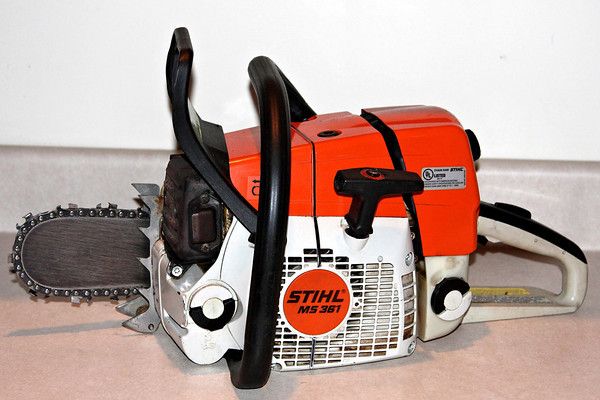srcarr52
We can't stop here, this is bat country.
Chain bar uses stellite to weld on the rails to make them harder and then re grind the rails and groove.
Most hardnose bars have been hardfaced with Stellite Alloy 6 and then ground.
I do the same on sprocket nose bars in need of repair around the tip area but not for the whole bar. To build up 1/8" for 1" of both rails it will take about 1" of 3/32 welding rod. To weld both rails back from the tip 6" it takes about 15 minutes of delicate tig time and 30 minutes of grinding back to size. 1lb of Alloy 6 3/32x36" welding rod cost about $72 which is about 10 welding rods if I remember correctly. So if I have to weld more than 6" of rail on both sides I opt for buying a new bar unless it's a really expensive bar. But HRC 40-45 as welded which is plenty good to dull even the best of files. From my testing it's only slightly harder than a Cannon bar which are too hard to true the rails with a file.
Referring to the Cannon website their process is:
Rough in major shape with laser table.
Heat treat whole bar.
Straighten and surface grind.
Machine bar and tip mount (possible rough in of bar groove?)
Flame harden rails only.
Grind rail groove to within 0.002 (much tighter rail groove than most bar manufactures, for 63 gauge the rail groove will be 0.064" where Oregon or GB will be 0.066-68" and not always in the center of the bar).
Stress relieve (process unknown).
Super hardened edges with softer core allow for flex without shattering, it's the Samurai sword of the chainsaw world.





